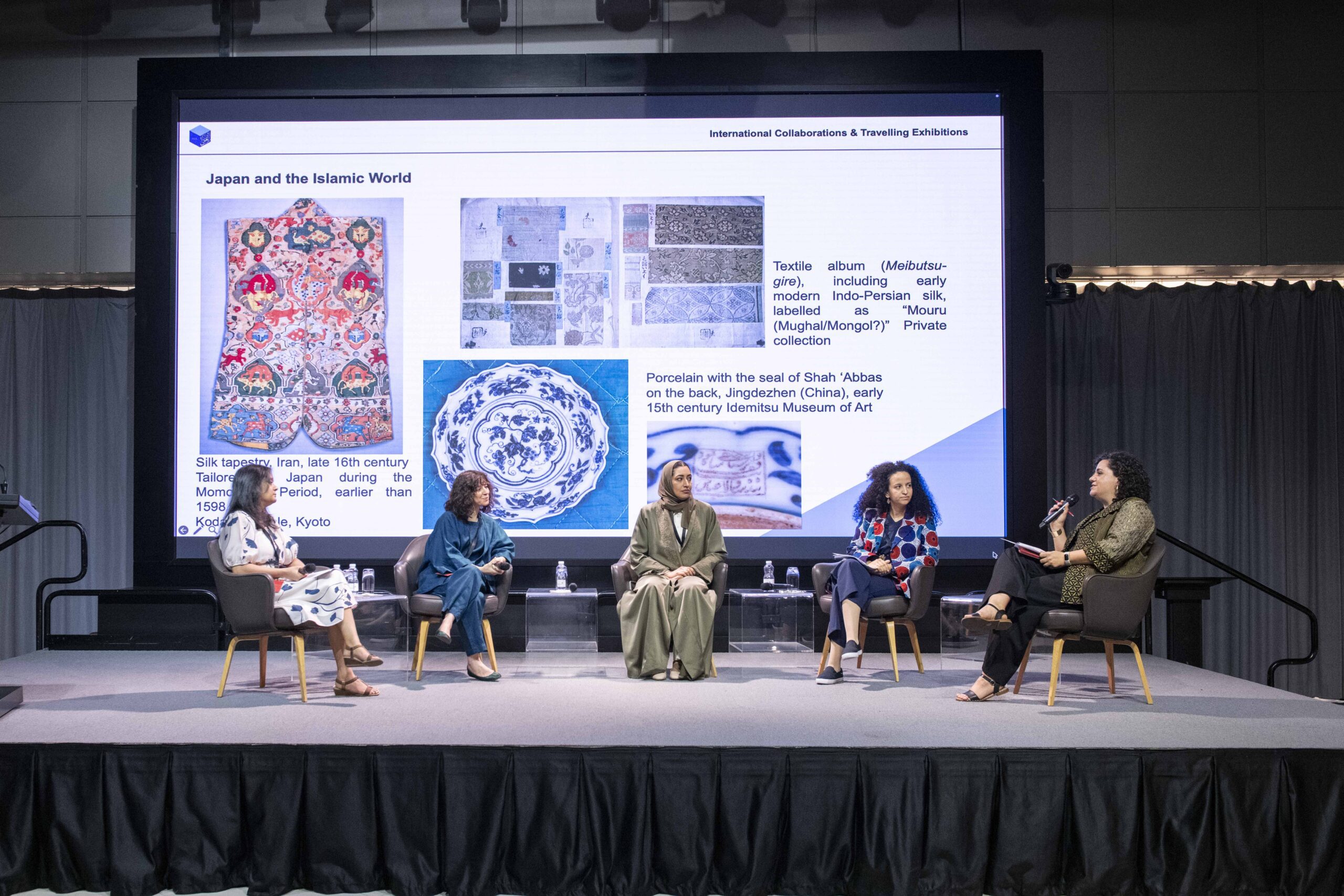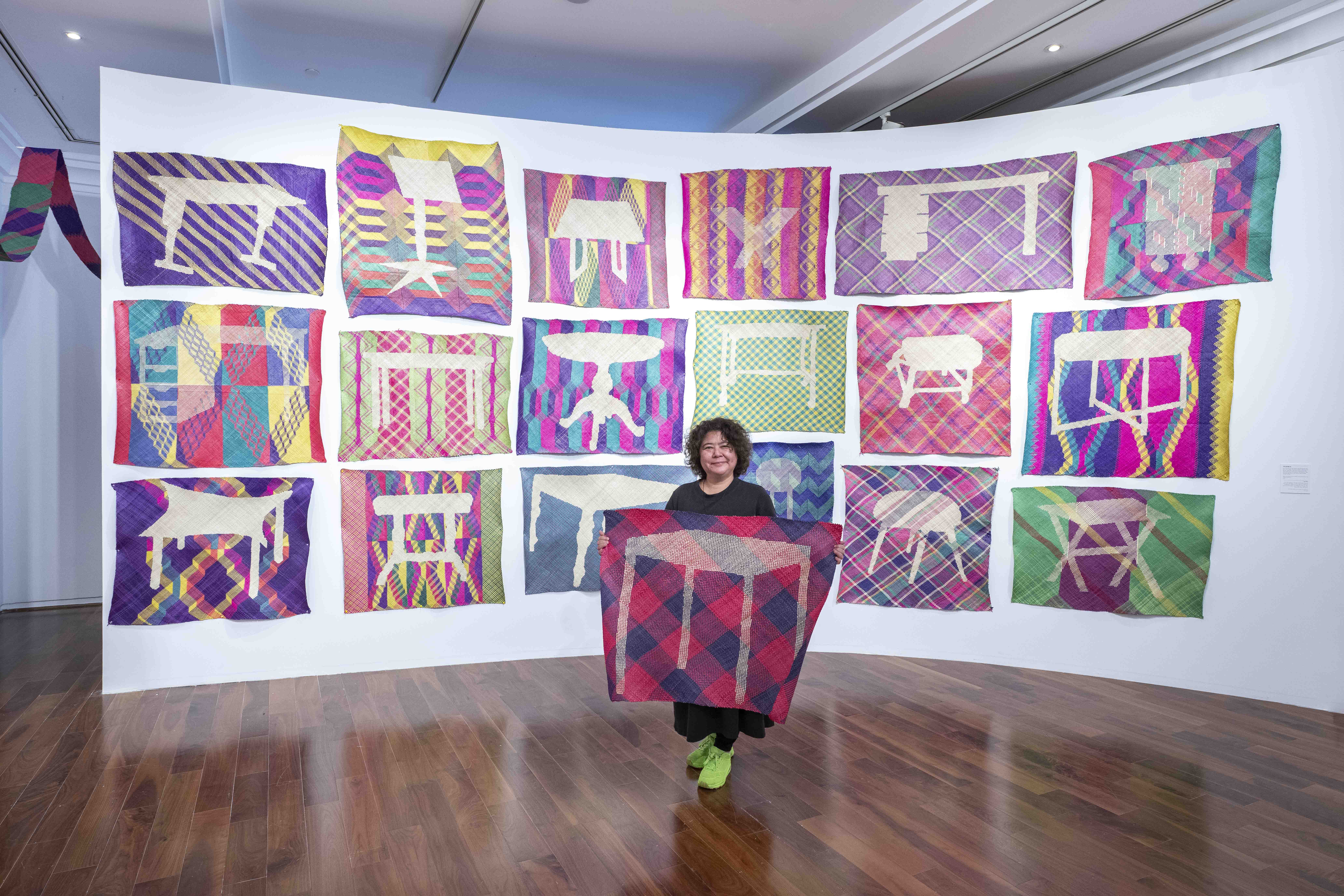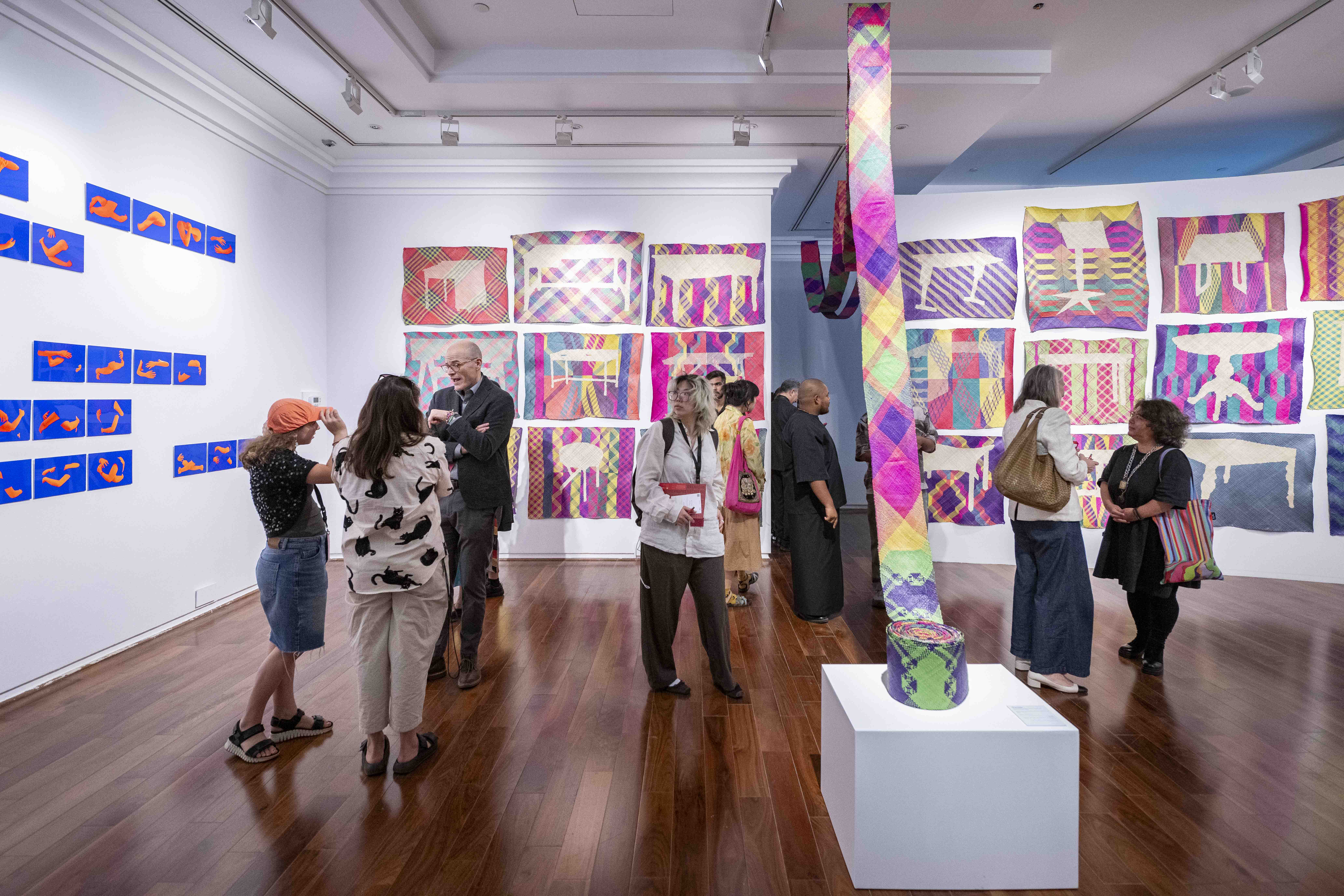- Academics
- Admissions
- Enrollment & Registration
- Research
- Academic & Creative Spaces
- Strategic Partnerships
- Our Impact
- Student Affairs
- Alumni
- About VCUarts Qatar
- Community & Continuing Education
ADMISSIONS FOR FALL 2025 NOW OPEN
11th Hamad bin Khalifa Symposium on Islamic Art Concludes with Powerful Insights into Contemporary Asian Visual Culture
Categories
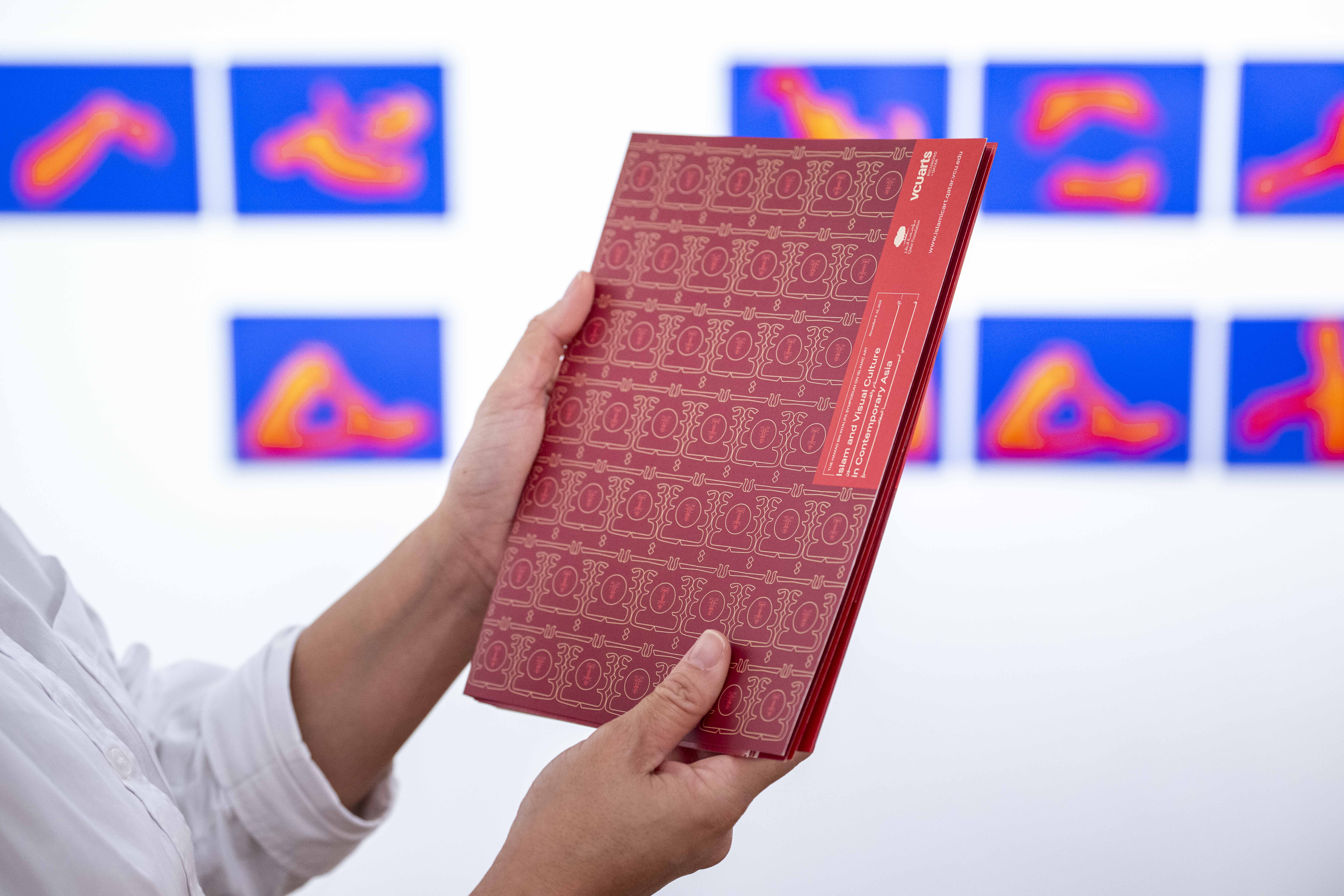
The 11th Hamad bin Khalifa Symposium on Islamic Art concluded this week at VCUarts Qatar, drawing scholars, artists, and experts from around the world for three days of dialogue and insight centered on the theme “Islam and Visual Culture in Contemporary Asia.”
Sponsored by Virginia Commonwealth University (VCU) School of the Arts in Richmond, Virginia, VCUarts Qatar and Qatar Foundation, the Hamad bin Khalifa Symposium on Islamic Art seeks to explore broad issues in the visual arts of the Islamic world. The 2025 edition held November 8–10, explored how Muslim communities across South, Southeast, and East Asia express Islamic identity through contemporary visual culture and artistic practice.
This year’s edition pushed the field of Islamic art beyond its traditional geographies, shifting the conversation toward Asian contexts that are often overlooked. Through panels, artist’s talks, and conversations, participants examined how Islamic aesthetics and lived practices intersect with photography, textile art, architecture, and community-based projects.
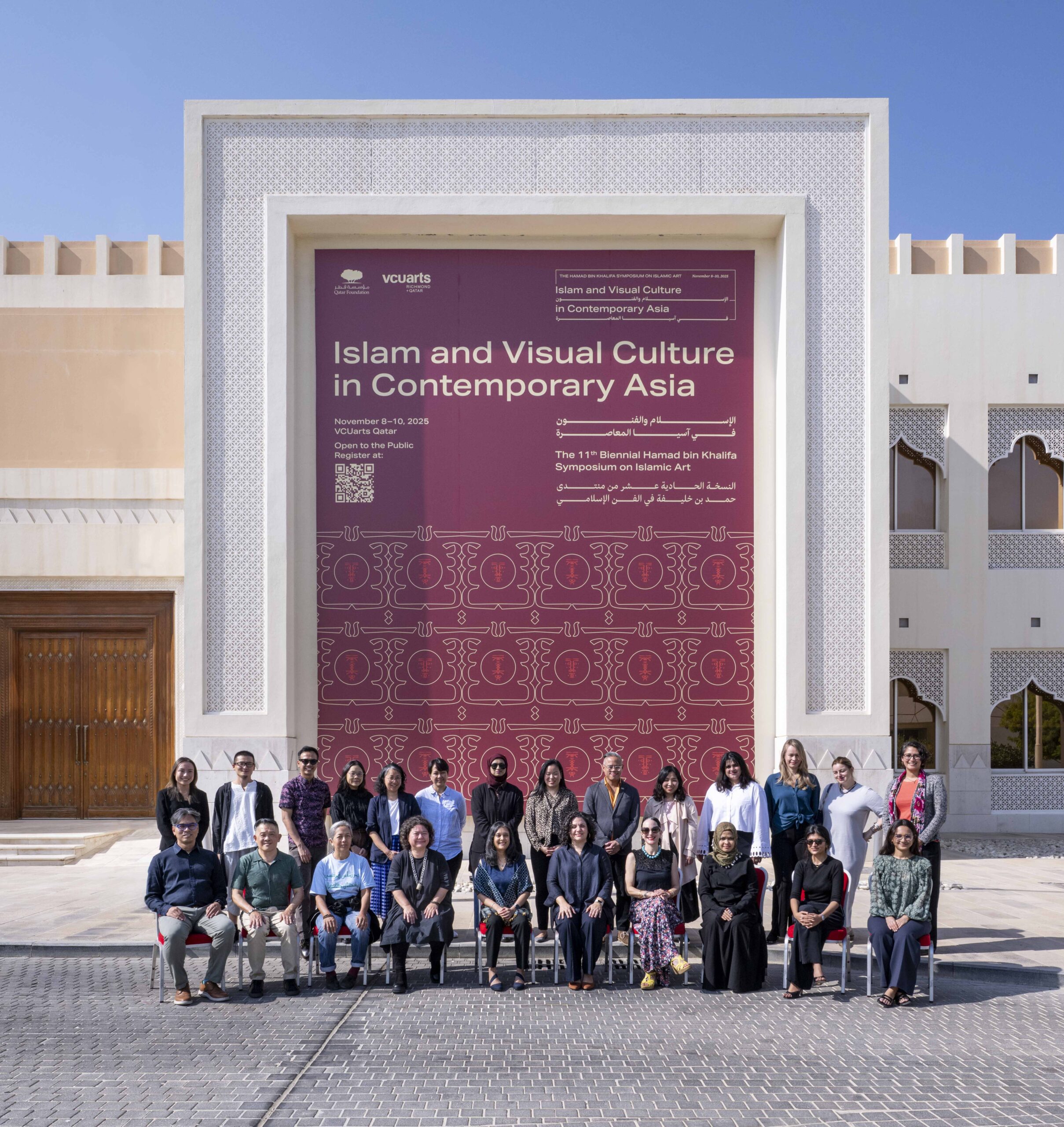
The Symposium was co-chaired by Dr. Hala Auji, VCUarts Richmond, Hamad bin Khalifa Endowed Chair for Islamic Art and Dr. Radha Dalal, Associate Professor and Director of Art History, VCUarts Qatar, whose curatorial research spanned Hong Kong, Singapore and Seoul. Their site visits to museums, galleries and Islamic cultural sites informed the Symposium’s thematic approach and speaker selection.
According to Dr. Auji, “This year’s Symposium emerged from the 2023 iteration’s conversations and a research trip investigating Islam’s engagement with visual and material culture in contemporary Asia. It highlighted how Islamic art continues to thrive and evolve across Asia, challenging the Euro-American model and prompting us to rethink how we write, teach, and curate the field as historians of Islamic visual culture.”
Dr. Dalal added, “Rather than focusing on fixed boundaries, the Symposium explored how art and scholarship emerge through migration, rituals, sensory experiences, and memory, emphasizing visual culture as lived and embodied. By highlighting work from farther afield in Asia, it challenged notions of marginality and celebrated South, Southeast, and East Asia as vital centers of Muslim life, with Qatar serving as an ideal crossroads for such transnational dialogues.”
A highlight of the event was the keynote address by Malaysian interdisciplinary artist Yee I-Lann, titled “The Surface Remembers: Decolonial Groundwork from the Archipelago.” Yee’s keynote explored Southeast Asia’s layered histories and the role of collective making in resisting colonial narratives. Her accompanying exhibition, paths of the wind weave shadows bare bones of a mat, opened this week at The Gallery at VCUarts Qatar and remains on view to the public through December 6. The exhibition invites visitors to consider materiality, language, and power through community collaboration.
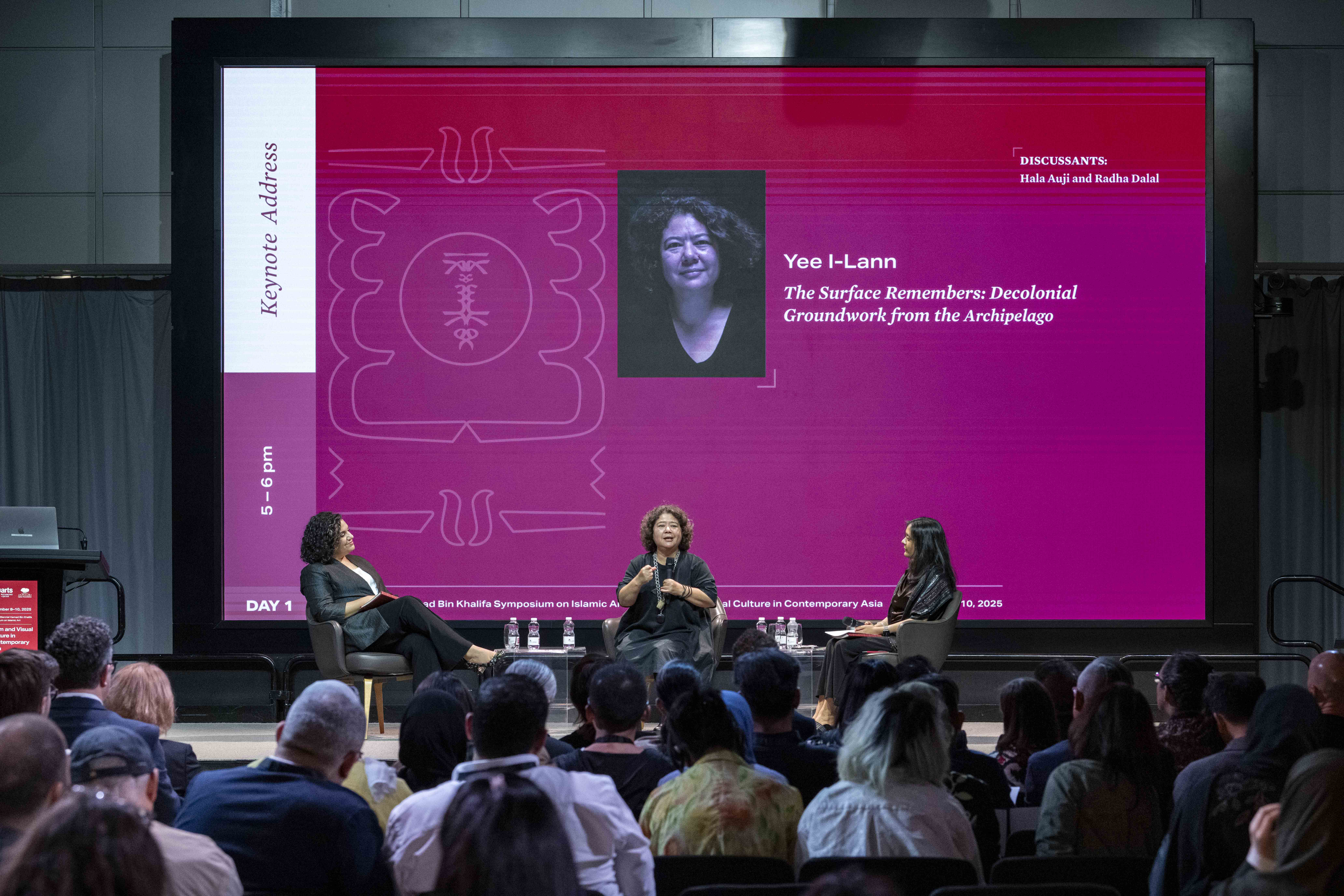
Reflecting on the Symposium’s impact, Amir Berbić, Dean of VCUarts Qatar, said, “This symposium was more than an academic gathering. It created a vibrant, open and welcoming space where new relationships formed, ideas expanded, and perspectives shifted. Guests told us that they saw Islamic art through a different lens by the time the symposium wrapped up. The conversations that began here will continue long after the event, shaping research, creative practice, and cultural understanding.”
Since its inception in 2004, the Hamad bin Khalifa Symposium on Islamic Art has grown into one of the world’s most significant platforms dedicated to advancing scholarship and elevating new voices in the field.


